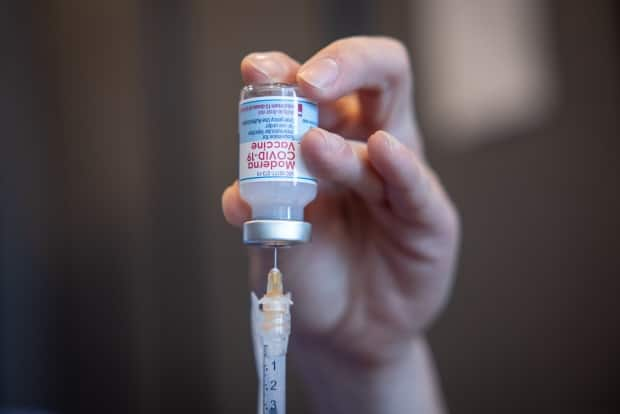Saskatchewan's far north had the highest COVID-19 case rate in Canada last week, and it's only gotten worse.

Saskatchewan's far north had the highest rates of COVID-19 cases in Canada last week, and it's only gotten higher in the days since.
Data from Health Canada indicates that the province's far north had a rate of 220 COVID-19 cases per 100,000 people in the week leading up to July 21.
During the same period, the national rate was just 8 per 100,000 people.
The relatively large rate is because of outbreaks and the region's limited population.
Saskatchewan's far north includes the far northwest, far north central and far northeast health zones.
Saskatchewan's provincial dashboard indicates that when combined, the health zones only have a population of 56,711.
Doctors in the province were provided the data in a town hall given on July 22.
Dr. Johnmark Opondo, medical health officer for the Saskatchewan Health Authority in Saskatoon, told the town hall that the rate increase was the result of an outbreak in the Hatchet Lake area.
"It really just shows us we need to focus, we need to watch with caution these partially-immunized areas," said Opondo.
LISTEN: COVID-19 Q&A with microbiologist Dr. Joseph Blondeau:
In the days since the town hall the situation has only worsened in the region.
The Buffalo River Dene Nation, which is located in the province's far northwest health zone, declared a COVID-19 outbreak on July 23.
The outbreak was declared as the result of a number of confirmed cases linked to the evacuation of the community due to forest fires in the region.
But the outbreak means the case rate in the province's far north has also jumped.
As of Monday the case rate was 386 per 100,000 residents.
The national case rate on that date was 9 per 100,000 residents, and Saskatchewan's far north still contains the high rate of cases among any health region in Canada.

 Yahoo Movies
Yahoo Movies 